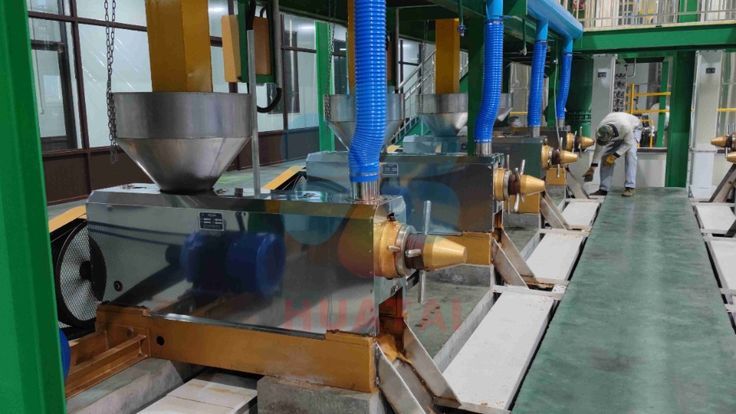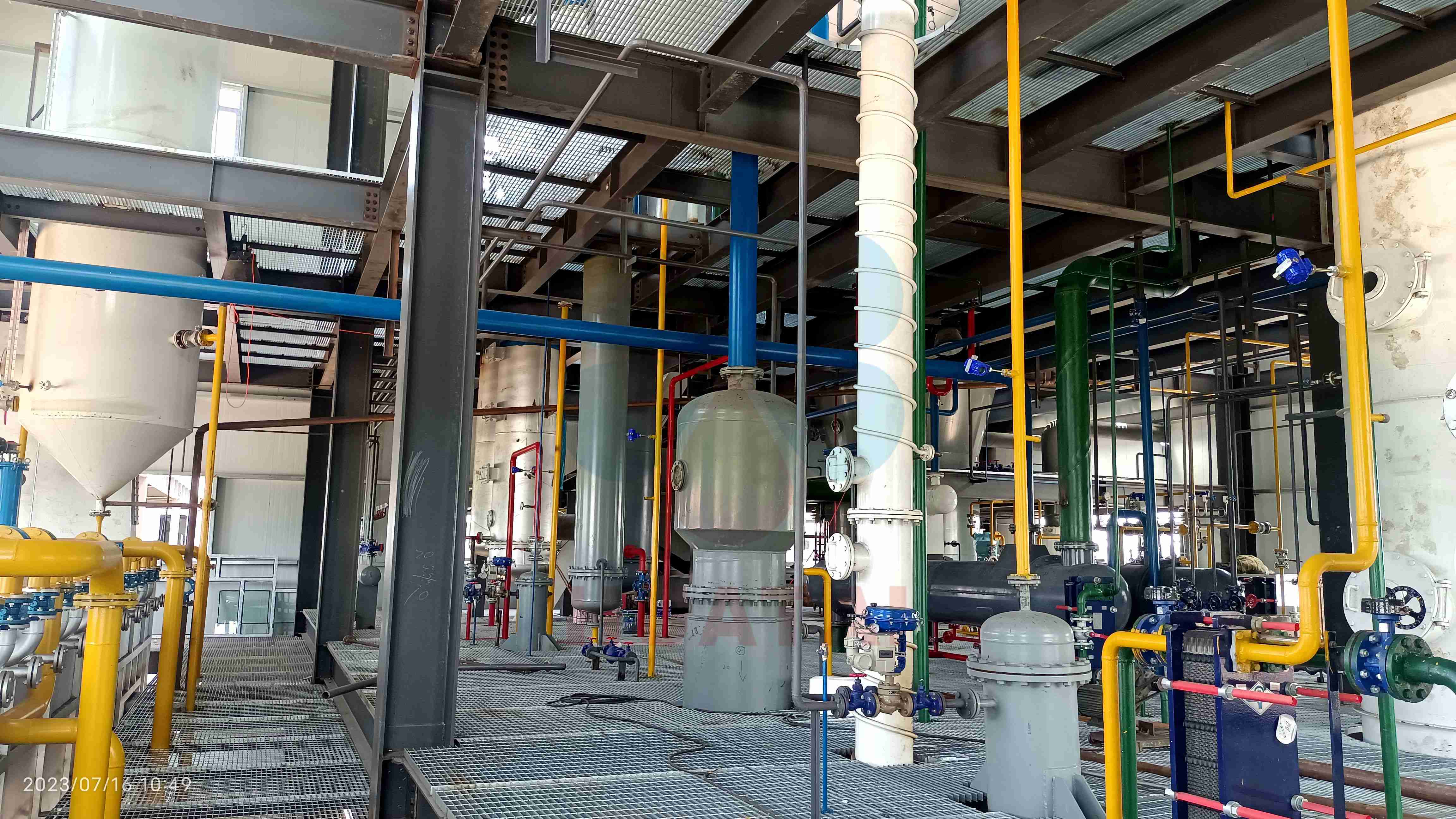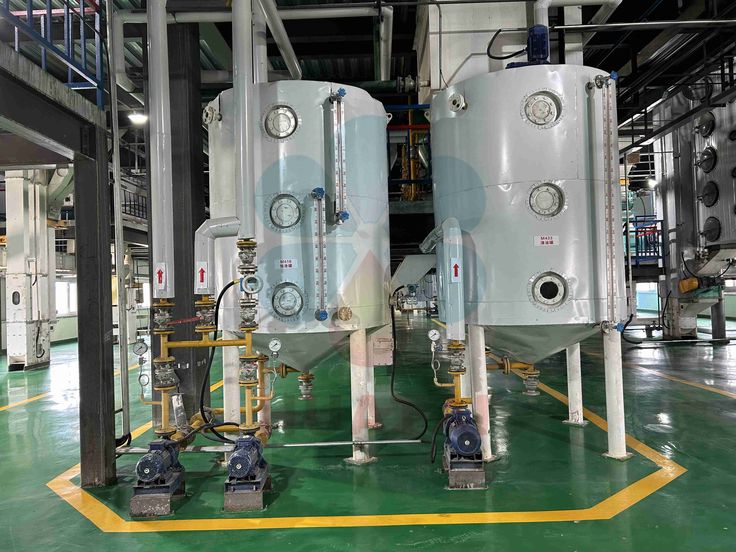Soybeans, as an important agricultural product, are the primary raw material for producing soybean oil. Understanding the process of turning soybeans into soybean oil helps us comprehend the oil processing industry. Below is a detailed introduction to the specific steps involved in producing soybean oil from soybeans.
The first step is cleaning. Soybeans purchased from the market often contain various impurities, such as soil, stones, and metals. These impurities not only affect subsequent processing but may also damage equipment. Therefore, methods such as screening, air separation, and magnetic separation are used to clean the soybeans, ensuring their purity. The cleaned soybeans are of higher quality, laying a solid foundation for subsequent processing.
The second step is crushing. The cleaned soybeans need to be crushed. Using a crusher, the soybeans are broken into particles of appropriate size, typically a few millimeters in diameter. The purpose of crushing is to increase the surface area of the soybeans, facilitating subsequent softening and flaking processes and making it easier to extract the oil.

The third step is softening. The crushed soybean particles undergo softening treatment. An appropriate amount of water and heat are added to the soybean particles to make their tissue structure softer and more plastic. The temperature and duration of softening need to be adjusted based on factors such as the soybean variety and moisture content. Generally, the temperature is controlled between 60°C and 70°C, and the process lasts about 30 to 60 minutes.
The fourth step is flaking. The softened soybeans are fed into a flaking machine and rolled into thin flakes. The thickness of the flakes is typically between 0.2 mm and 0.3 mm. Flaking further disrupts the cellular structure of the soybeans, making it easier for the oil to be released from the cells and improving the oil extraction rate.
The fifth step is cooking. The flaked soybeans undergo cooking, which is a critical step. Through steaming and heating, the proteins in the flakes are denatured, and the cellular structure is further disrupted, while the moisture content of the flakes is adjusted. The temperature and duration of cooking significantly impact the quality and extraction rate of the oil. Generally, the temperature ranges from 100°C to 110°C, and the process lasts about 30 to 60 minutes.
The sixth step is pressing. The cooked flakes are fed into a press for oil extraction. The press uses mechanical pressure to squeeze the oil out of the flakes. During pressing, meal cake is produced, which can be used for other purposes, such as animal feed. The crude oil obtained from pressing contains certain impurities and requires further refining.

The seventh step is refining. The crude oil contains impurities such as phospholipids, free fatty acids, and pigments, which need to be removed through refining. The refining process includes degumming, deacidification, decolorization, and deodorization. These steps remove impurities from the crude oil, improving the quality and stability of the soybean oil to meet edible standards. The specific parameters of the refining process are shown in the table below:
After the series of steps described above, soybeans are successfully transformed into edible-grade soybean oil. The entire process involves multiple stages, each requiring strict control of process parameters to ensure the quality and yield of the soybean oil.

Huatai Oil Machinery provides good quality oil mill plant, time & fast delivery, perfect after-sale services, and reasonable price, contact us!
Website: https://www.huataioilmachine.com/Copyright @ Henan Huatai Cereals And Oils Machinery Co.,Ltd.